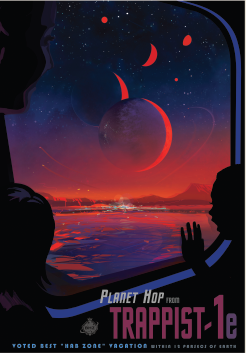The age old discussion of “Is Pluto a planet” is one that is quite fascinating. We are not going to be deciding if Pluto is or is not a planet, but we will be discussing something related to that. The topics are the definition of a planet. and how are planets classified.
This is crucial because defining what a planet is can allow astronomers and scientists determine if an object is an asteroid, planet, or dwarf planet with certainty. It is important to make sure that this is clear and accurate because whatever is decided upon does not simply affect Pluto, but also hundreds or maybe one day thousands objects. This definition could and will impact objects not just in our solar system, but all over the galaxy in star systems that humans discover.
To resolve the issue once and for all, the definition of a planet was codified by the International Astronomical Union in 2006. This codification defined a planet as having three things:
- It must orbit a star (in our cosmic neighborhood, the Sun).
- It must be big enough to have enough gravity to force it into a spherical shape.
- It must be big enough that its gravity cleared away any other objects of a similar size near its orbit around the Sun.
According to Memory Alpha, Star Trek created and utilized the following. planetary list system. However, there is no official classification like Star Trek that is standardized.
- Class D is a planetoid or moon with little to no atmosphere
- Class H is generally uninhabitable
- Class J is a gas giant
- Class K is habitable, as long as pressure domes are used
- Class L is marginally habitable, with vegetation but no animal life
- Class M is terrestrial
- Class N is sulfuric
- Class R is a rogue planet, not as habitable as a terrestrial planet
- Class T is also a gas giant
- Class Y has a toxic atmosphere, and high temperatures.
There have been some suggestions for creating some sort of classification based upon mass, but there have only been attempts.
The Planetary Habitability Laboratory has put forward the following suggestions for planet classification:
- Minor planets, moons and comets: < .1 Earth Masses
- Terrestrial Planets: 0.1 to 10 Eart Masses
- Gas Giant Planets: >10 Earth Masses

Leave a comment